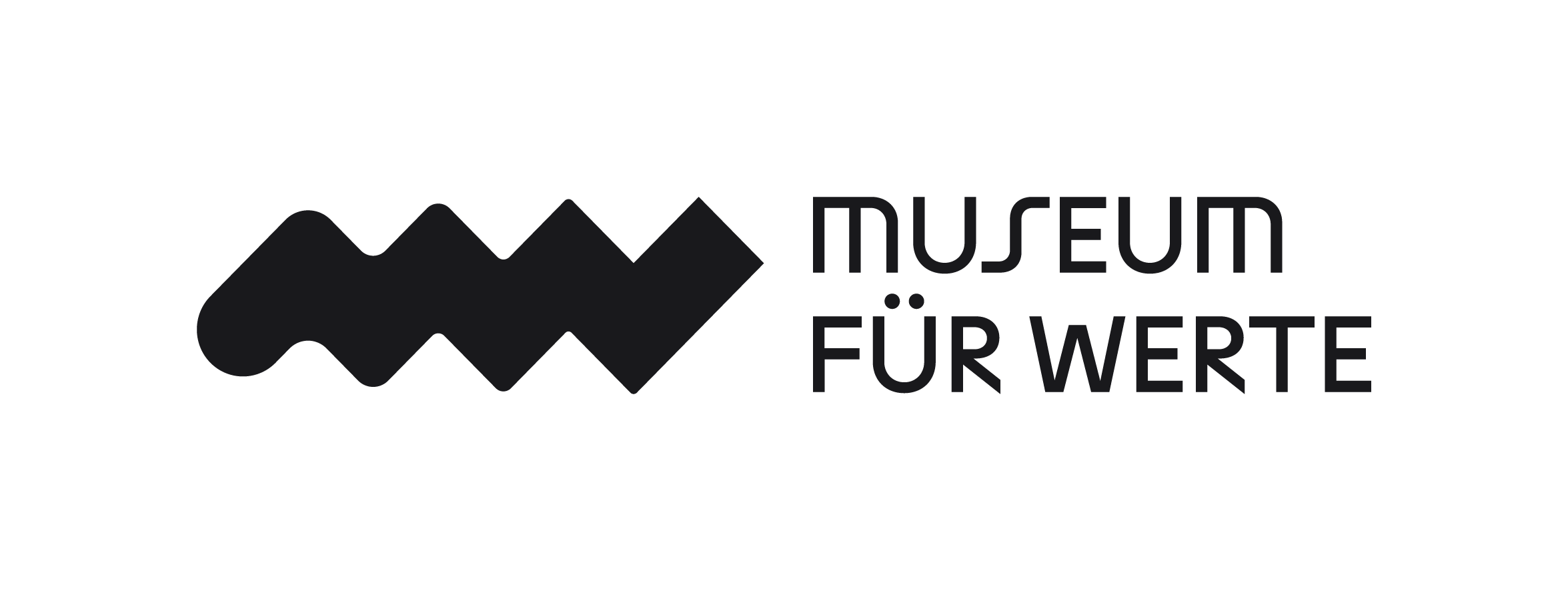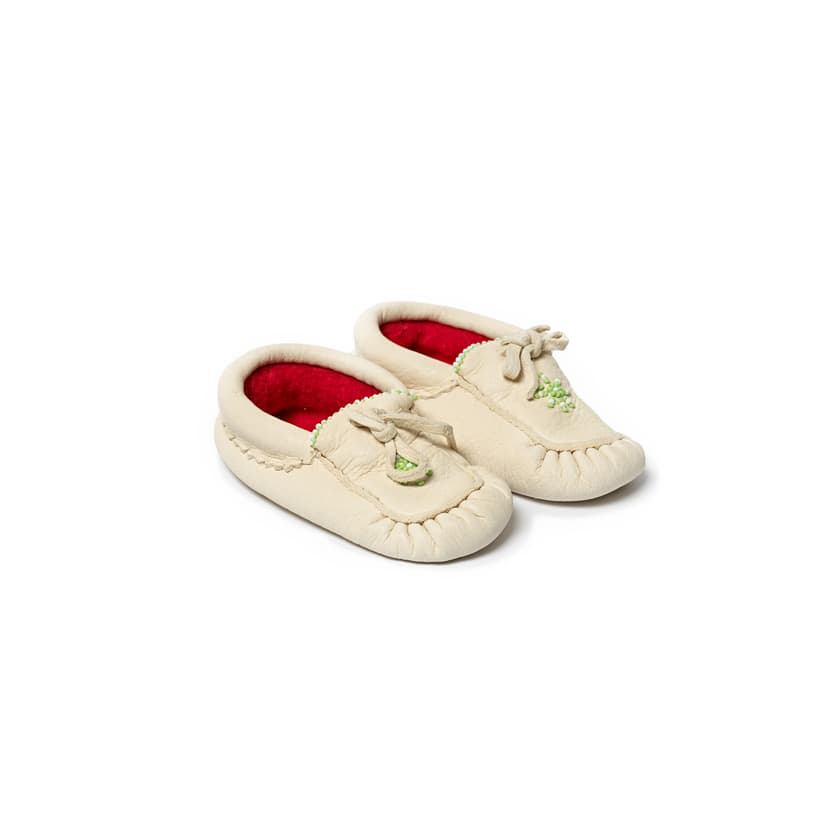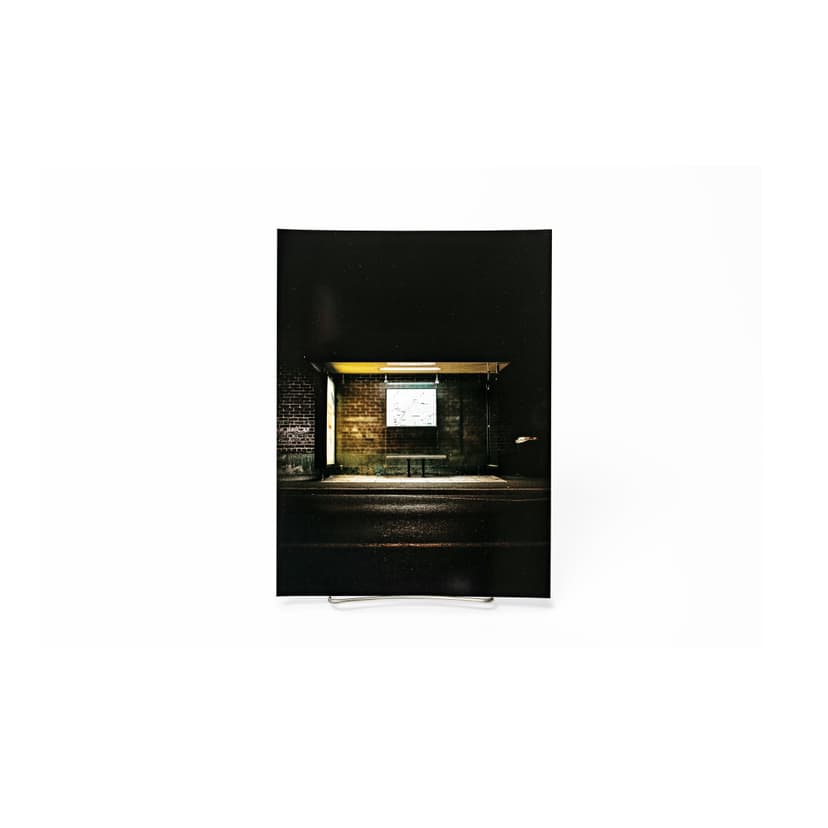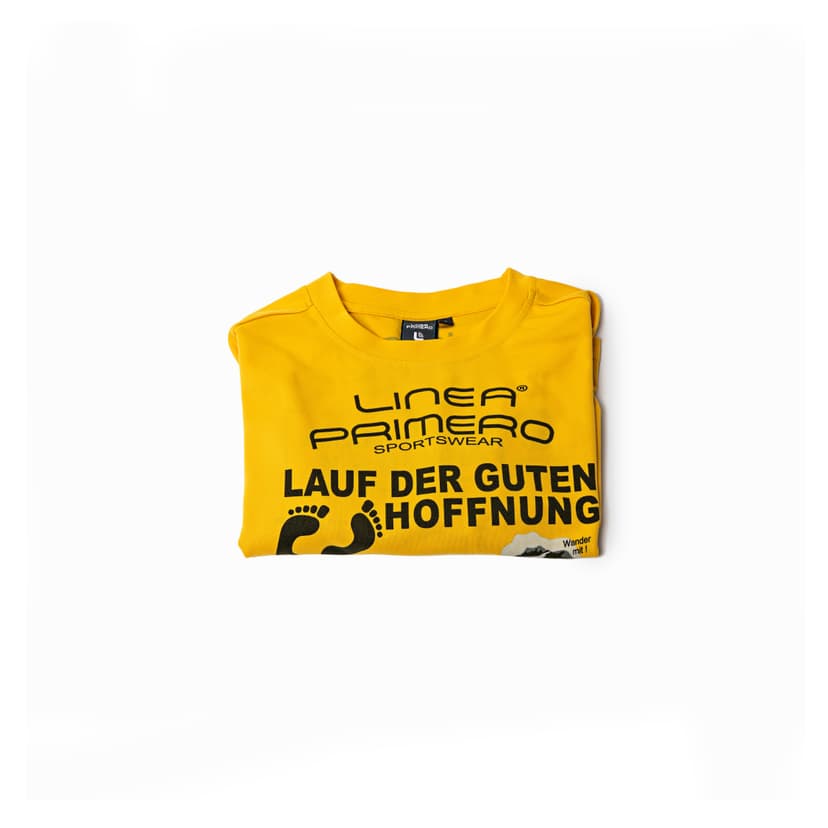In 2011, I visited the Mi'kmaq people on the island of Newfoundland in Canada. These and other Indigenous First Nations people have experienced a great deal of discrimination, racism, and persecution in Canada. I wanted to research how they deal with this experience today and develop a positive self-image. This type of research is very difficult; it's rare to get an interview, or if you do, it involves financial demands. In addition, the experience of colonialism is a very sensitive topic. Therefore, I was very grateful to be able to visit the Mi'kmaq people. My first impression was very good. I had previously been to another province in Canada, where the Indigenous people live on a reserve characterized by drugs, domestic violence, and alcohol. My visit to Newfoundland was completely different. The village of Conne River is located in a long bay. It has the feel of a Norwegian fjord. You drive through a very romantic, natural stretch of road with no other settlements for over 100 kilometers. In advance, I officially requested a meeting with the Tribal Council via email and obtained permission to conduct research. This wouldn't have been possible otherwise, as the area isn't developed for tourism, meaning there are no official accommodations. I had to stay there privately. There was a social worker who welcomed me like a host mother. My wife was heavily pregnant at the time and didn't accompany me on my research trips, as she usually does. The tribe was very open, as they seek media attention for their cause.
When I first entered the village, I behaved respectfully, aware that I was entering a domain where I was a supplicant. And that is very important to me in my work: that I do not come there from a superior, white person. My goal was to talk to the people, to learn about them, and to participate in their lives. I made it clear very early on that I had read up on them extensively. I knew very well about the history of the village and the problems the people there were struggling with. I was able to make it clear to these people right away: I am aware of your political efforts for recognition. That is why I was able to ask very specific questions, on their level. For example, I knew that there was a very specific sacred place in the mountains that interested me and that I wanted to visit. An excursion was then planned for me to visit this place together with Chief Mi'sel Joe.
As an ethnologist, it's important to me not to pressure or coerce my counterparts, but to focus on those who also want to talk to me. I try to express my goals openly and transparently. Some people respond, others say: No, I don't want that. And that has to be respected. A truly good ethnologist must be able to abandon a project they've undertaken on-site, or at least radically change it. Perhaps the questions were the wrong ones. That's actually the best thing for me as an ethnologist: when my counterpart says: That's a stupid question. Or: I've never thought about that before. In those moments, I realize that my perspective plays too strong a role. And that's not necessarily the perspective of the locals. And there have also been moments when people have said to me: The topic you've chosen here isn't that important to us. Other topics are much more important. Then you get the feeling that you're really allowed to look behind the facade. This is where we get into deeper conversation. All over the world, people are used to people from other cultures coming to them, simply through tourism. Every culture has developed its own "tourist facade." And just as people from China might travel to Munich to watch the Oktoberfest and then consider lederhosen the epitome of Germanness, there is of course a very different Germany behind the cliché. When a cruise ship passes by the Mi'kmaqs, Chief Mi'sel Joe puts on a feather crown, which is typical of plains cultures and corresponds to our cliché of "Indians." Encountering another culture is actually always about presenting the cliché, the routine of how one presents oneself to strangers – looking behind the facade, that is the real challenge.
Of course, there are topics that are associated with shame. You have to approach them carefully. My host mother, for example, was a Christian and then left the church because she wanted to get a divorce. This caused a conflict with the priest in the village because the Catholic Church is known to have problems with divorce. If you want to talk about these topics, it's important to also talk about yourself: Who am I and what is my humanity like? What are my flaws? What perspectives do I have? Where are my limitations? I think it's always a give and take. But that doesn't mean you should portray yourself as a victim in these situations. That would be wrong. You should rather share something intimate, for example a weakness.
I once made a fool of myself during field research in Guatemala. Before my time with the Mi'kmaqs, I visited many Mayan villages there. In the town of Todos Santos, I was invited to help with the potato harvest, and it's customary there for people to carry 100 kg sacks of potatoes into the village wearing a headband. I tried that, but unfortunately, not very successfully. The whole village laughed heartily about it. It was a beautiful moment for the people to see that they can do things that other people, especially white people, can't. Sharing your own inabilities can help you get closer to someone. If you want to open up, you can also share stories. I often tell legends or stories. Grimm's fairy tales, for example, or the story of Störtebeker. People from different cultures often share similar stories with a similar moral; that creates a bond.
Something I always talk about at the beginning of my research trips is my family. In many cultures, a single, unmarried man is considered a threat. I couldn't interview an unmarried woman in many cultures. Among the Maya in Central America, an unmarried man is legally treated like a child. If I didn't have a wife, I would never be allowed to become a shaman or mayor there. My wedding ring is therefore a very important research tool.
On the first evening with the Mi'kmaq, I immediately showed everyone my son's ultrasound picture. As a father, you're so proud. These are moments when people open up. A man came to me and said I should definitely take advantage of the last few months before the birth and go to the movies with my wife often, but not watch cartoons. I would see plenty of those in the coming years. In these moments, you meet on a personal level. This creates a cross-cultural human connection. And later, after my son was born, we traveled together as a family. As a small, blond boy, he was a real attraction in remote villages in Indonesia and Ethiopia. Then you yourself are the exotic one being stared at. And that is a healing experience for me because I then understand in miniature what it must be like to be stared at because of your skin color. But there are also moments of great innocence. In Namibia, a child from a poor, nomadic herding family once approached my two-year-old son and the two shared sweets. This shows that skin color doesn't matter at all at that age.
When I was with the Mi'kmaqs, I visited women who practice handicrafts together in a cooperative. Older women sit together in a tent and produce objects and clothing from leather. This naturally interested me, partly because it could partly explain the low unemployment rate in this village, but also because it's a social hub where older women come together and exchange ideas, tell old stories, and pass on traditional knowledge. Sitting together for hours with needle and thread is a situation that offers plenty of room for communication. And a piece of handicraft is, in a way, already a sign of openness, a process of communication for bringing one's own culture to the outside world and thus sharing it. At the end of the day, the women gave me a pair of very small moccasins for my unborn son. I think you become a more open and better researcher when you embrace your own humanity. And I hope that my son has also learned to some extent not only to wear shoes from other cultures, but also to always maintain an openness to other cultures. Putting these shoes on him as a baby was perhaps a symbol, a promise I made to myself. And that's why we've kept these moccasins to this day.
But being a father has also enriched me greatly as a researcher. Through my son, I learned that I can no longer afford to pretend I don't have an opinion. And partly also that I first have to develop an opinion. For example, on the topic of faith. We started talking about the question of God. And my answer was an ethnological one: Some call him "Allah," others "big rabbit," "God," or "years." Some even believe in many gods. But then the question inevitably came: Yes, but what is your opinion? A variety of interpretations does not satisfy children. And neither does it satisfy many guests in Lübeck's museums.
Asking questions is actually the key to openness. This also includes self-questioning. We anthropologists believe that the quality of an anthropological work requires that the reader first clearly understand: From what point of view am I writing this book? What have I brought with me? What are my interests? Reflecting on one's own role is the highest virtue in our field. That's why we tend to withdraw as individuals. My son reminds me that this can't work 100 percent.
FOOTNOTE: Editor's note: Members of indigenous peoples of North America




